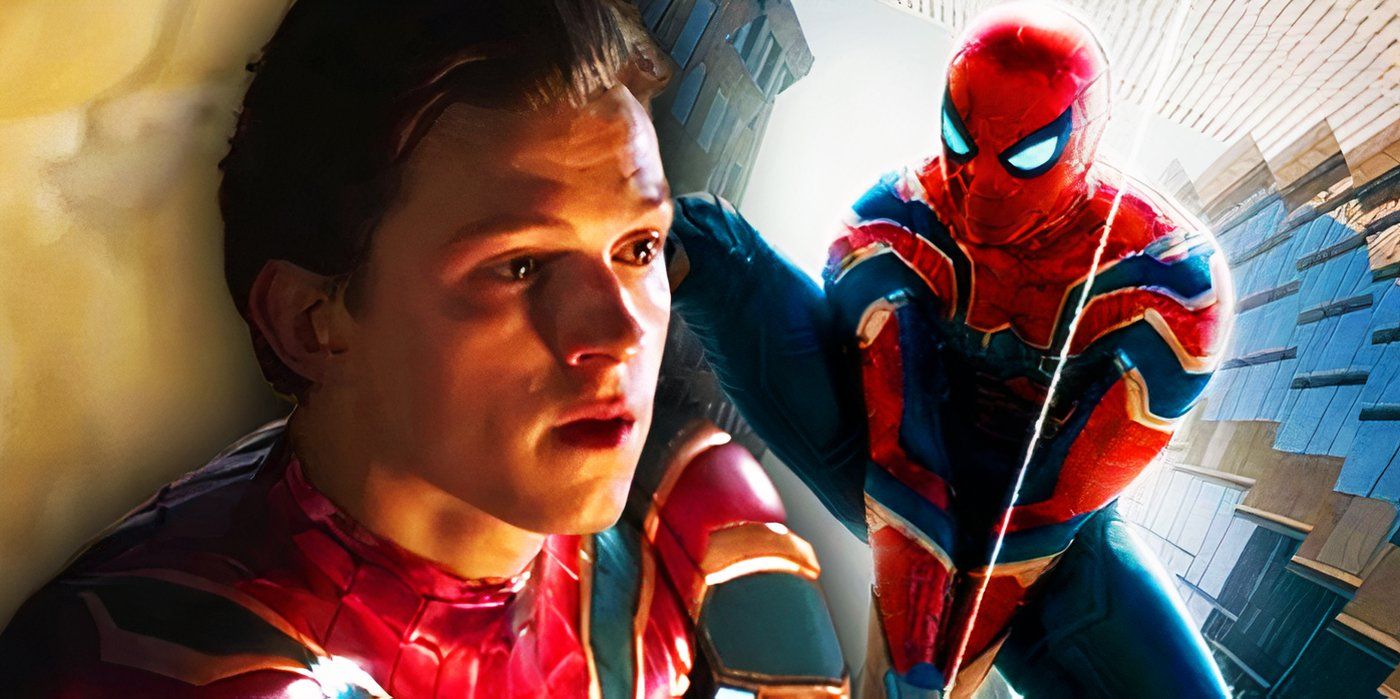
Marvel Studios has made many significant changes to Tom Holland’s Spider-Man in the five years since Avengers: Endgame and Spider-Man: Far From Home. Spider-Man has always been one of Marvel’s most beloved and important heroes, and this became even more prevalent in the MCU following the departures of tentpole heroes Iron Man, Captain America, and Black Widow in Avengers: Endgame. As Spider-Man became a more crucial cog in the MCU machine, Marvel Studios made many changes to the wall-crawler, exploring stories that had never before been seen in live-action.
Tom Holland first took over the role of Peter Parker’s Spider-Man in Captain America: Civil War, but has since gone on to lead his own solo trilogy, and play a pivotal role in Avengers: Infinity War and Endgame. Marvel Studios and Sony Pictures have confirmed the development of a new trilogy for Spider-Man in the MCU, which will see Tom Holland lead more solo movies than any other Marvel actor. Spider-Man 4 and beyond will surely continue to make huge changes to Spider-Man in the MCU, building on the evolution of the hero already seen in the last five years.
5. Spider-Man’s Death & Revival Is Perhaps His Biggest MCU Change
Spider-Man Became A Victim Of Thanos In Avengers: Infinity War & Returned In Avengers: Endgame
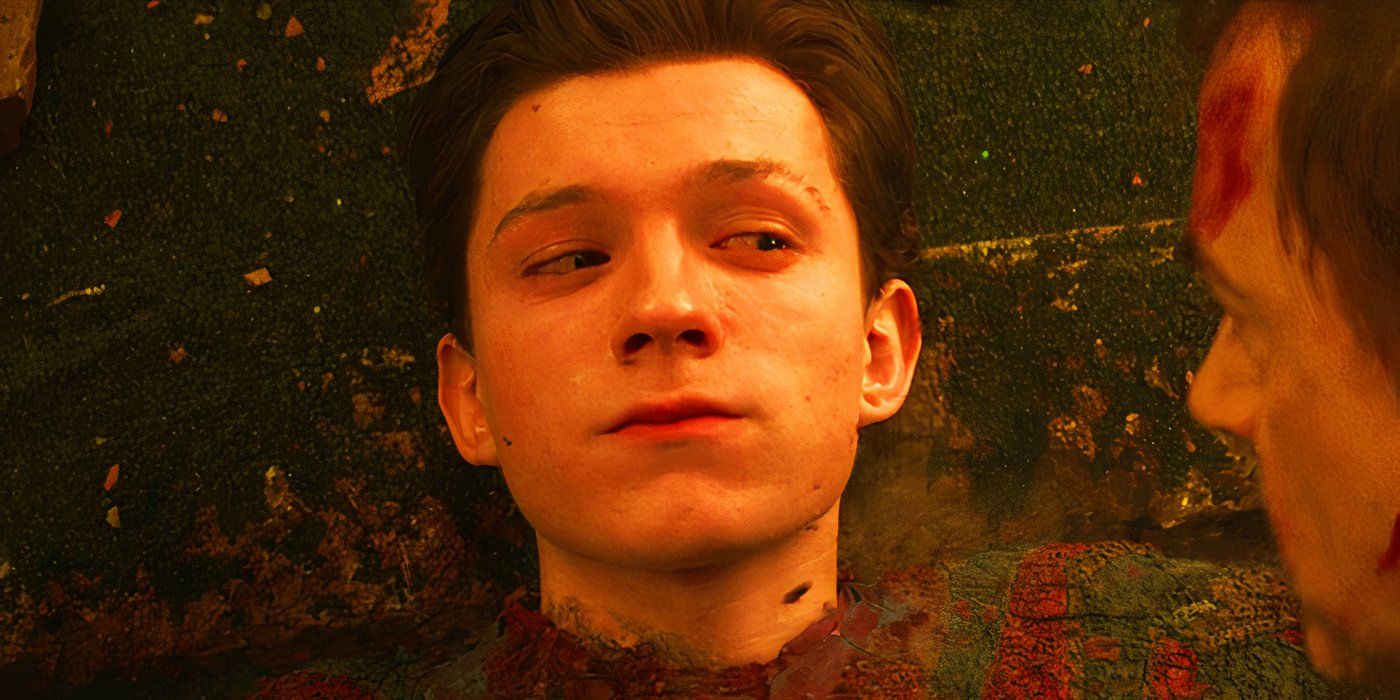
One of the most transformative events in Peter Parker’s life in the MCU was his death and revival at the end of the Infinity Saga. Parker fought against the Mad Titan, Thanos, alongside Iron Man, Doctor Strange, and the Guardians of the Galaxy, and became an official member of the Avengers shortly before Thanos collected all six Infinity Stones and snapped him out of existence. Spider-Man’s return five years later, after Smart Hulk pulled off his own snap, thrust him into a changed world, marking a drastic evolution for the young hero.
Prior to Avengers: Infinity War, Spider-Man had been a playful, almost-child-like hero. His fight against Thanos, death, and revival matured him, which allowed Spider-Man: Far From Home to tell a more emotional story, as opposed to Spider-Man: Homecoming’s joyful themes. Luckily for Parker, most of his friends were also snapped away by Thanos, meaning he could reunite with them in Avengers: Endgame. This allowed him to retain a sense of normalcy while coming to terms with his losses during the fight on Titan and the Battle of Earth, including the death of his mentor, Tony Stark.
4. Spider-Man Meeting His Multiversal Variants (& Enemies) Is Huge For The MCU
Tobey Maguire & Andrew Garfield Returned As Spider-Man In The MCU’s Phase 4
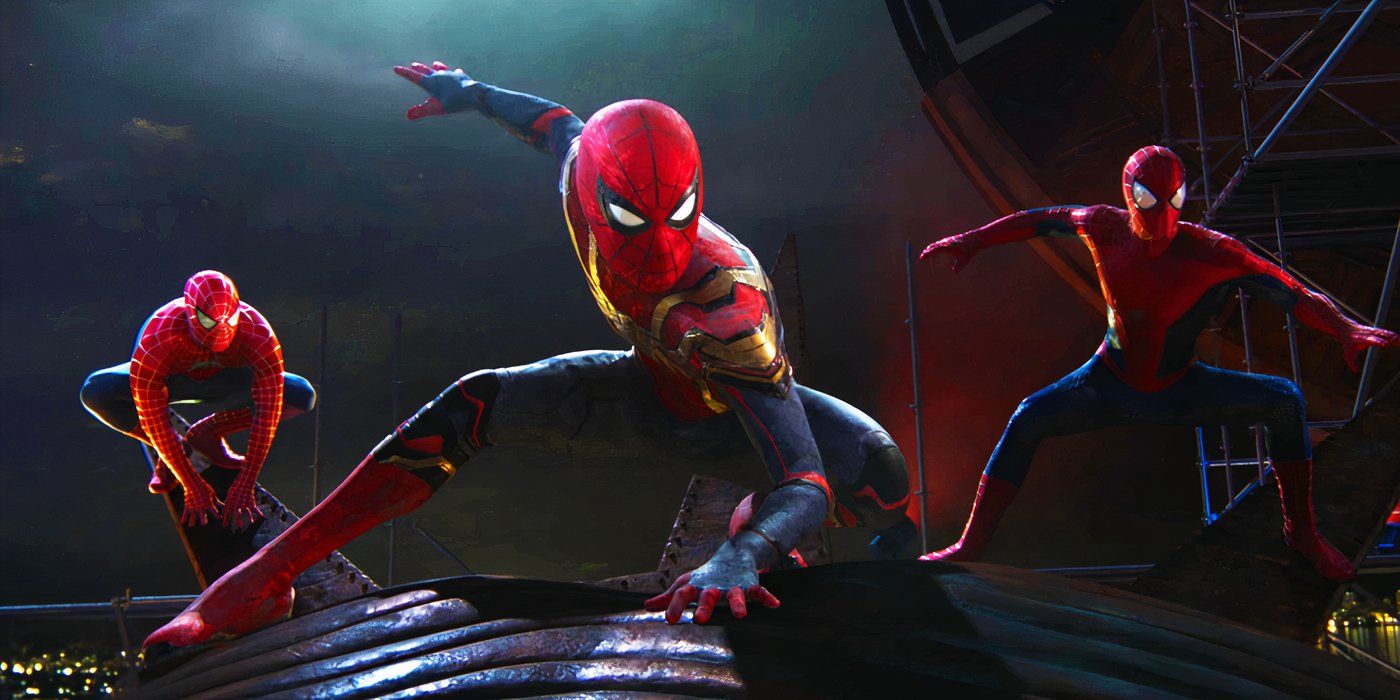
Spider-Man: No Way Home marked the first time in Spider-Man’s live-action history that the hero met alternate versions of himself. Much to fans’ delight, No Way Home saw Tobey Maguire and Andrew Garfield reprise their roles as Peter Parker from Sam Raimi’s Spider-Man trilogy and Marc Webb’s The Amazing Spider-Man duology, respectively. Brought into the MCU, these more-seasoned Spider-Men provided Holland’s Peter Parker with valuable advice, and established a brotherly bond with him that he’d never experienced before.
Without the guidance of Tony Stark, Spider-Man’s experiences with his multiversal variants taught him how to be a self-assured solo hero in the MCU. This will prove important to his upcoming adventures in Spider-Man 4 and beyond, particularly since he is now an anonymous vigilante. He has taken on a lot of the lessons taught by Maguire and Garfield’s Spider-Men, however, including crafting a new red-and-blue costume that is reminiscent of his original superhero suit from Marvel Comics. Peter Parker is much more confident in his own abilities heading into the MCU’s future.
Not only did Holland’s Spider-Man interact with his own multiversal variants in Spider-Man: No Way Home, but he also came to blows with some iconic Spider-Man villains from alternate realities. After besting the likes of the Vulture, Thanos, and Mysterio, Parker may have assumed that he would easily be able to take down any villain that came his way. He learned the sobering truth in No Way Home, however, with the Green Goblin specifically changing his life significantly, leaving him as a more realistic hero, rather than one striving for idealism.
3. Iron Man’s MCU Death Totally Changed Spider-Man’s MCU Story
Tony Stark’s Death Had A Huge Emotional Impact On Peter Parker’s Spider-Man
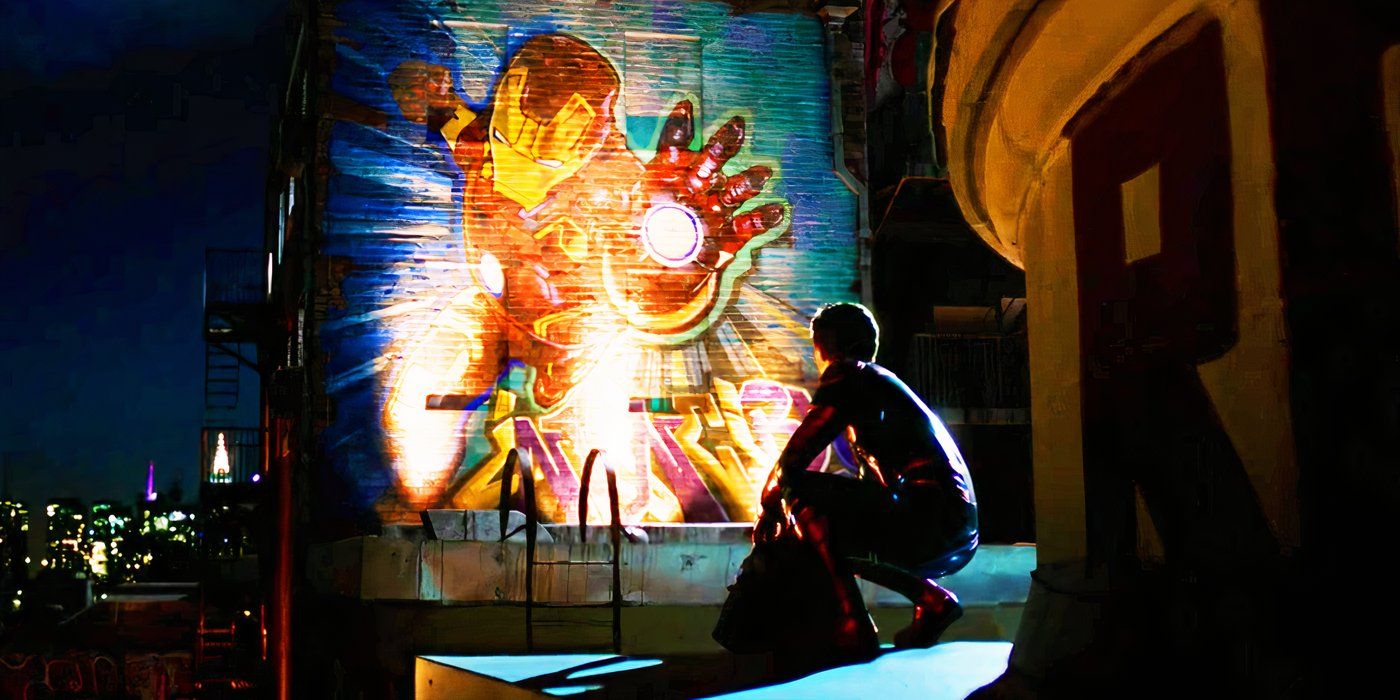
Perhaps the biggest change made to Spider-Man when bringing him into the MCU was that Marvel Studios tied him to Tony Stark’s Iron Man. Throughout Civil War, Homecoming, and Infinity War, Robert Downey Jr.’s Iron Man acted as a mentor to Peter Parker, building something of a father-son relationship with the wall-crawler, and perhaps filling the void left by Parker’s own father and his Uncle Ben. While connecting Spider-Man to Iron Man opened Marvel Studios up to some criticism, it was great to see this relationship develop over several MCU projects.
Peter Parker was retroactively revealed to have appeared in Iron Man 2 as a child at the Stark Expo, proving that he had admired Tony Stark since he was a young boy, strengthening their bond later on even further.
The bond between Peter Parker and Tony Stark also made the pair’s consecutive deaths in Infinity War and Endgame all the more powerful. Not only did Stark feel personal failure after Parker lost his life on Titan in Infinity War, but Parker felt lost and alone after Iron Man sacrificed himself in Endgame. This left Spider-Man without his mentor in Spider-Man: Far From Home, making him vulnerable to Mysterio’s manipulations, and forced him to quickly discover what kind of hero he was going to be without the guidance of the veteran Avenger.
A lot of Stark can still be seen in Peter Parker, given the fact that Iron Man was a huge part of Parker’s life during his formative years as a hero. The pair related on a natural level anyway, as both were geniuses, technologically-minded, and steadfast in their heroic careers. Peter Parker also has a tendency to create his own problems, just as Tony Stark did throughout his MCU career. Heading into Spider-Man 4, Peter Parker will surely strive to continue Stark’s legacy, while also paving his own path as a superhero.
2. Spider-Man’s Secret Identity Becoming Public Showed Him His Hero Horror Story
Spider-Man’s Real Identity Had Never Been Revealed In Live-Action Before
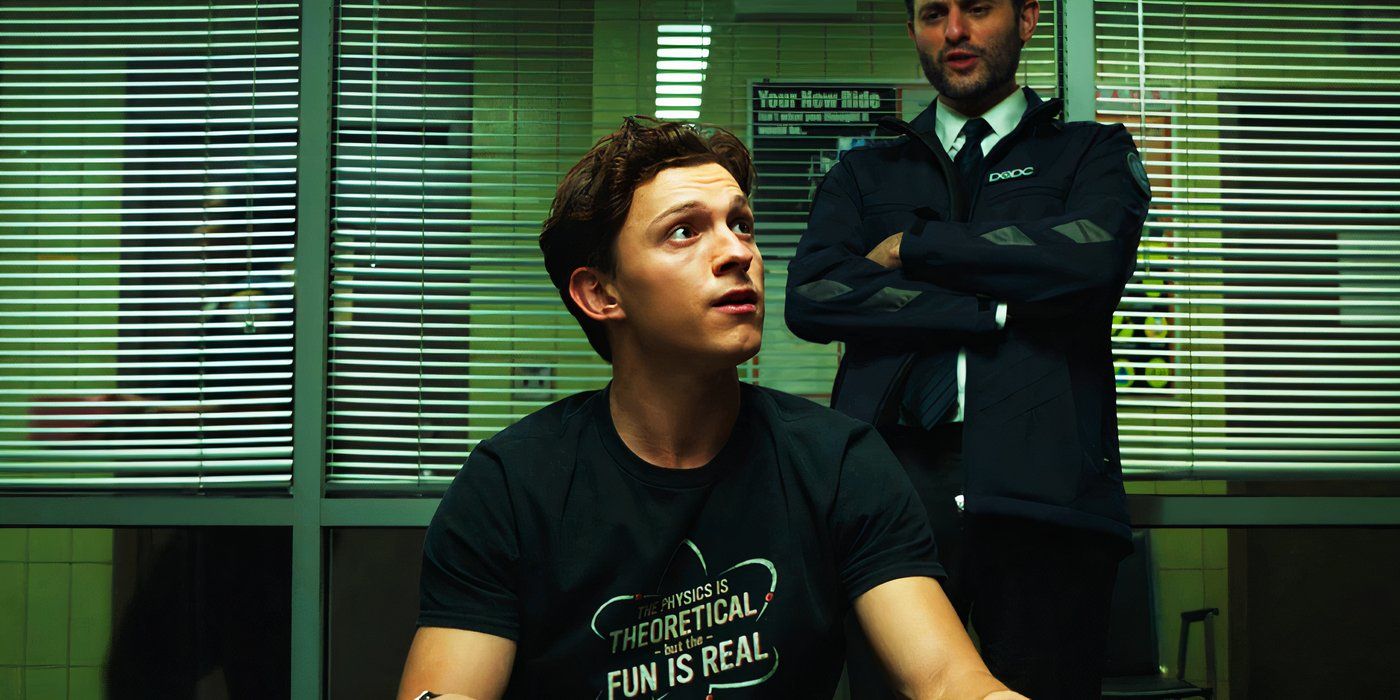
Even after his death in Spider-Man: Far From Home, Mysterio had one last trick under his sleeve, as he posted a doctored video blaming Spider-Man for the attack in London, and revealed the hero’s true identity to the global public. This is a storyline that had never been seen in live-action before, so allowed Tom Holland to bring something new and fresh to Spider-Man. His identity of Peter Parker becoming public knowledge was his worst nightmare, especially when connected to a brutal and destructive attack, so this changed Spider-Man hugely.
Peter Parker could no longer operate under the security of anonymity in No Way Home, which meant that he had to be much more careful about his actions. However, this also gifted him a certain level of freedom that he hadn’t previously experienced, which was proven when he sent out a live-streamed video of himself at the Statue of Liberty to goad his enemies into coming to him. This made Parker more brash and unashamed, enabling him to take bigger risks, and also gave him the chance to prove to the public that he really did want to do good.
Despite the magnitude of this change in Spider-Man’s MCU story, an even bigger one occurred when everyone in the world forgot Peter Parker. While this reverted Spider-Man to once again being an anonymous hero, Doctor Strange’s memory wipe spell in No Way Home meant that not a single person remembered Parker, including his closest friends and allies. Peter Parker is truly alone now, but a much more confident, mature, and put-together hero and human. Spider-Man doesn’t need a mentor anymore, he is a leader of his own.
1. Aunt May’s MCU Death Finished Spider-Man’s Origin Story In The MCU
Spider-Man’s MCU Origin Story Was Detailed Over Five Years
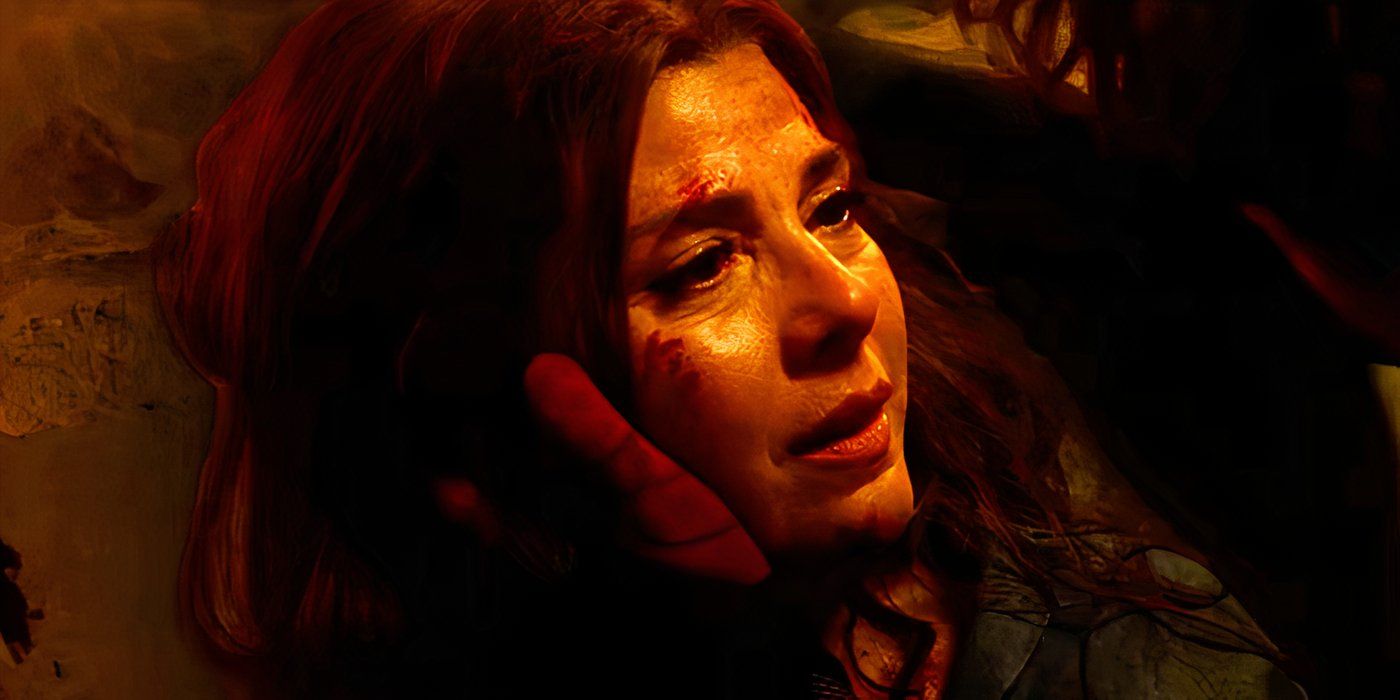
Marvel Studios neglected to detail Peter Parker’s actual origin story as Spider-Man in the MCU, given the fact that the same tale had been told in 2002’s Spider-Man and 2012’s The Amazing Spider-Man. Instead, Tom Holland’s full experiences in the MCU until the end of Spider-Man: No Way Home constituted Spider-Man’s MCU origin story, taking him from unknown vigilante to Avenger, and from public enemy #1 to anonymous vigilante once again. This was underlined tragically in No Way Home with the death of Marisa Tomei’s Aunt May, and the delivery of that iconic line.
Aunt May: You have a gift. You have power. And with great power, there must also come great responsibility.
Aunt May’s death in Spider-Man: No Way Home removed Peter Parker’s last living family member, and stripped him of the character who had supported him throughout not only his career as Spider-Man, but his entire life. This transformed Spider-Man into more of a vengeful character, seeking retribution on Norman Osborn’s Green Goblin for May’s demise. No Way Home showcased Parker’s sheer anger and rage unlike any previous project, proving just how dangerous Spider-Man can be if he snaps, which sets him up to be a more adult-themed and breakable hero in the MCU’s future.




